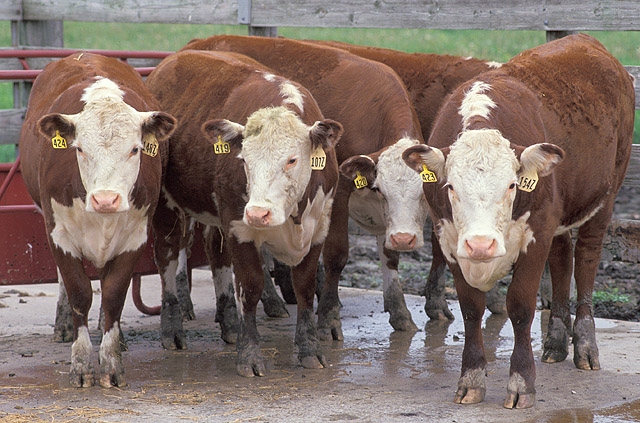“First, do no harm” is a core tenet taught to aspiring medical professionals. In June this year, the Sustainability Task Force of the UCSF Academic Senate drafted a resolution asking UCSF food services to phase out of all procurement of meat produced with the use of non-therapeutic antibiotics. Given that many scientists believe that the use of prophylactic antibiotics for livestock production causes antibiotic resistance, how can physicians stand by while hospitals serve foods from antibiotic-treated animals to patients that increasingly suffer from antibiotic-resistant infections? If not, what can they do about it?
In a few weeks, local organizations will take up the hard questions again with their peers at UCSF Medical Center. Going beyond meatless Mondays, healthcare professionals, Healthcare Without Harm, and PEW Charitable Trusts, all see antibiotic-free meat and poultry as the next step in advocating for healthier food.
Fixing this problem for most of us is as simple as buying organic meat or free-range antibiotic-free alternatives. For a UC medical center, however, it is far from simple. Price, supply and food budgets are all based on past purchase history. It takes considerable will, consensus, and commitment to “do no harm” before administrators will agree to pay double or triple the cost for meat produced without these drugs. Cattle fed regular antibiotics to fatten them up, even when they are healthy, are more profitable up the entire food chain.
The advocates for the healthcare side want to know: Can this become a priority for us and our hospitals? Where are the suppliers of antibiotic-free products? Are they selling the cuts we need? How can change be “phased in” to allow the distribution chain to supply this emerging demand? In a hospital, should food be one of the least expensive of many pricey services?
The producers are likely to have questions, too. Is this a lucrative opportunity for smaller alternative suppliers, or is it a political battle to force big agriculture to comply? If producers start down this road, how many bumps will they encounter along the way? Why should they risk supplying a new market when business is risky as is? How long will they commit to these products?
It seems logical that low production costs alone should not threaten the public health of a nation or even just the health of the nation's vulnerable citizens. If these drugs were never allowed for feeding in the first place, producers would be on a level playing field and beef might be more than a commodity. Likewise, ethical food standards have defined humanity for thousands of years. So now that there is more food, more technology and more choice, why is it more difficult to make changes that ultimately benefit everyone?
More information:
The Sustainability Committee of the UC San Francisco Division of UC Academic Senate June 2013 resolution includes a link to a bibliography.
Health Care Without Harm is an international coalition of 500 organizations in 53 countries working to transform the health care sector, without compromising patient safety or care, so that it is ecologically sustainable and no longer a source of harm to public health and the environment.
San Francisco Bay Area Physicians for Social Responsibility, Healthy Food in Health Care Program. 510-559-8777
Photo by Keith Weller, USDA, ARS, Photo Library
